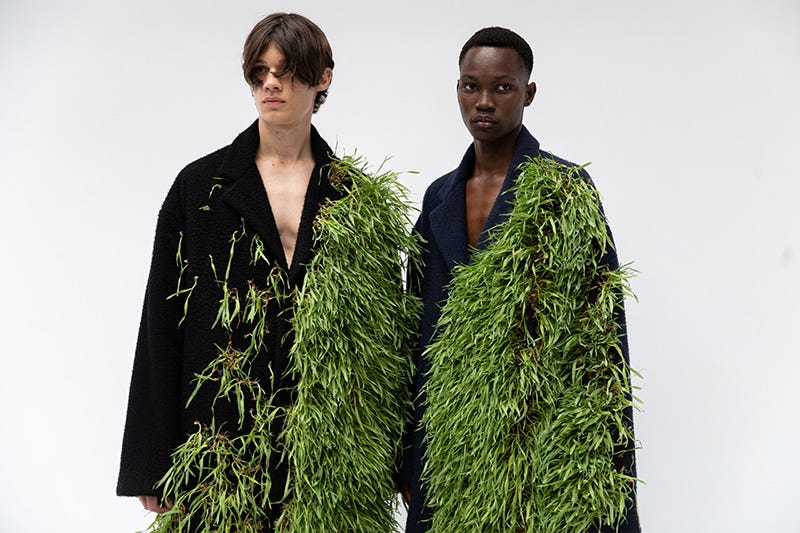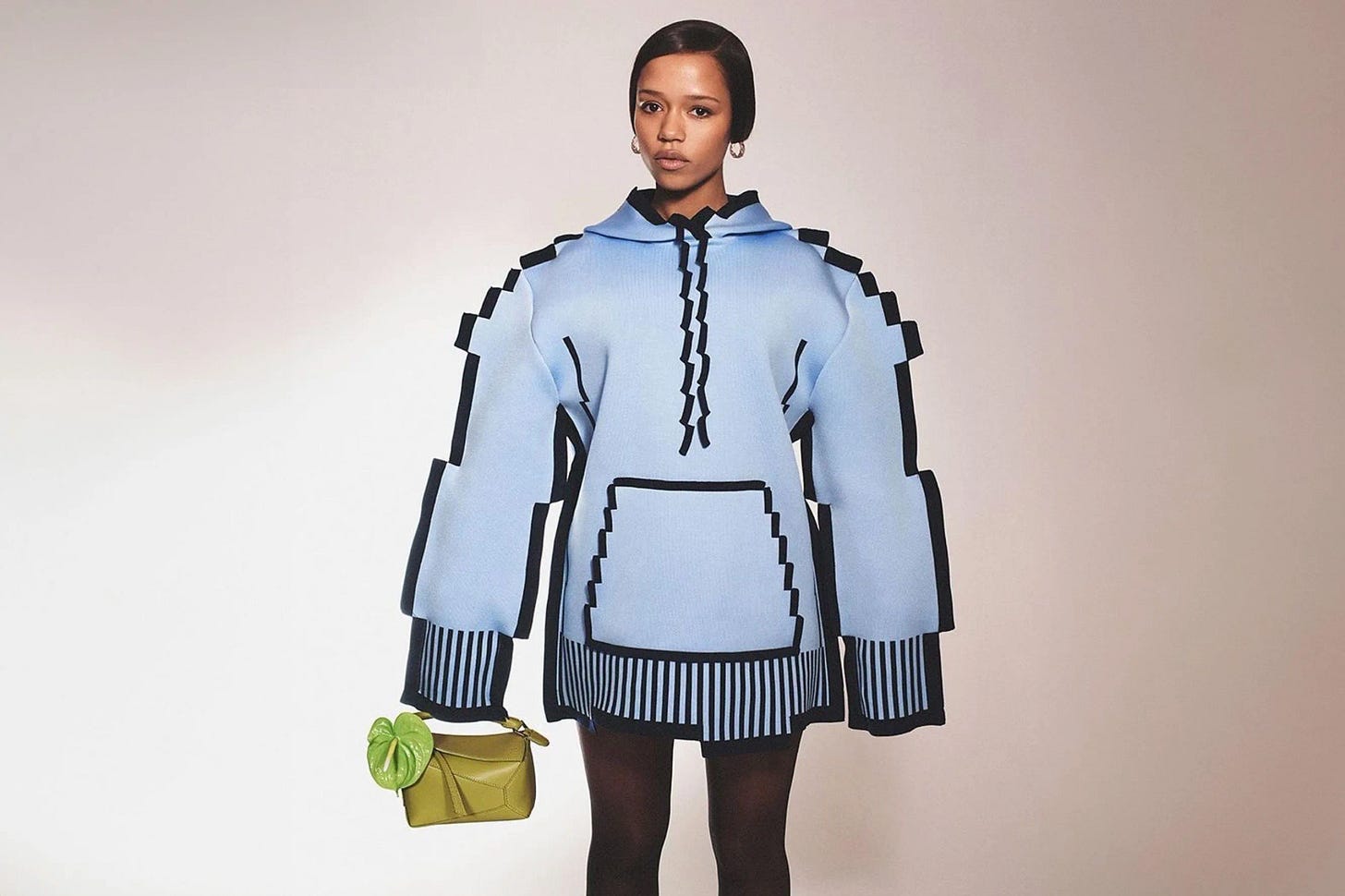The power of taste or “the Jonathan Anderson effect”
CFOs can’t model it. CMOs can’t AB test it. But if a brand is willing to trust it, taste becomes transformative. Dior understands this, and Jonathan Anderson is the proof
Welcome to TOMORROW WILL ARRIVE, a platform for cultural critique and future thinking; offering perspectives on luxury, brand strategy, identity and design. Created by BIRCH, we are a London-based creative studio, founded in 2009. You can reach us here, or join our Subscriber chat here.
In fashion, “taste” is a word so overused it's often rendered meaningless – flattened into a TikTok trend, a Pinterest board or an influencer’s unboxing Reels.
But true taste – the kind that rewires our sense of cultural value – still matters. At BIRCH, we think it matters more than ever before.
It is rare, specific and in many cases, economically explosive. And no one working today understands this better than Jonathan Anderson.
In an industry increasingly obsessed with marketing data – clicks, impressions, conversions – Anderson has made a career by prioritising something else entirely: creative intuition, abstraction the kind of intellectual sensibility that resists easy metrics.
His taste isn’t just good – it’s directional. And in 2025 this matters more than ever.
Loewe, an expression of culture?
It is no surprise that LVMH has chosen Anderson to take over Dior Men. The move marks a significant shift in how luxury is thinking about influence, not just in celebrity terms, but in curatorial ones.
Anderson’s work at Loewe was masterful – not only in the evolution of the clothes, which in his 11 years moved from slightly fusty, strange designs to high-art fashion sculpture – but in the cultivation of a brand world. Under his direction, Loewe has become an incubator of culture: working with contemporary artists, staging installations in brutalist spaces, pushing silhouettes that feel like they belong in both the Prado and the club.
The figures speak for themselves. In 2022, Loewe doubled its 2021 turnover. And in October last year reported 2023 net profits of €207m, up 62.5 per cent on the year before.
Now, Anderson’s arrival at Dior has made the house (and the way it presents itself) instantly more interesting. It also indicates that a brand historically tied to femininity, post-war elegance and (more recently) streetwear-adjacent hype, is repositioning itself around something far less legible and far more potent: taste as a driver of cultural capital.
The Anderson effect writ large
What makes Anderson compelling is not just his ability to make beautiful things (though he does), but his ability to shape the way we see beauty. His taste creates taste in others. He builds reference points. He re-educates the eye.
In this way, he operates more like a curator or a magazine editor from a past era. Someone who sees cultural currents before they crest and makes aesthetic decisions that ripple out across categories – interiors, photography, furniture, even fragrance.
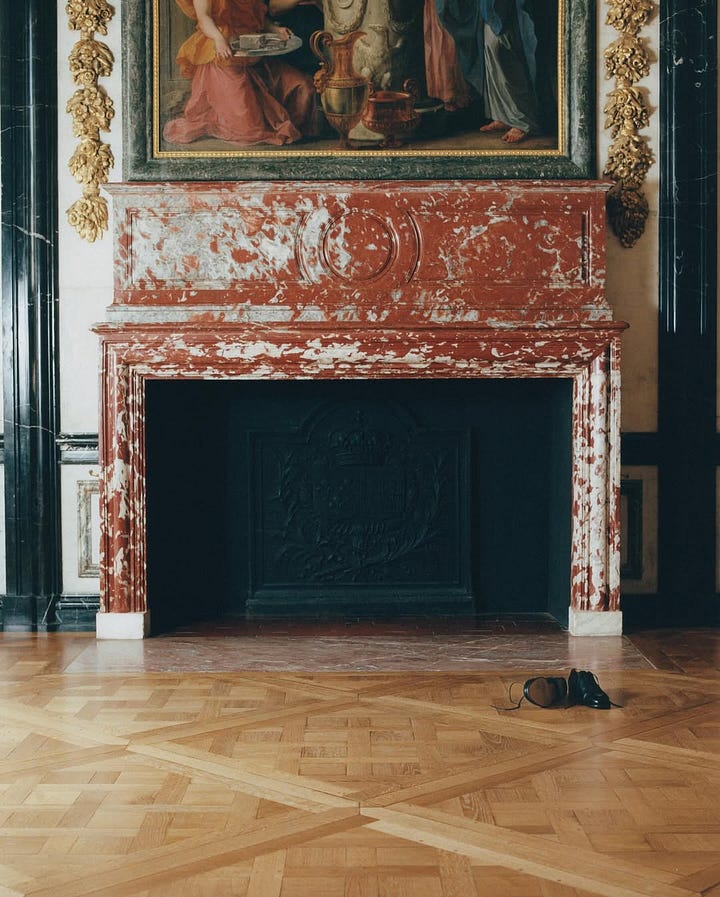
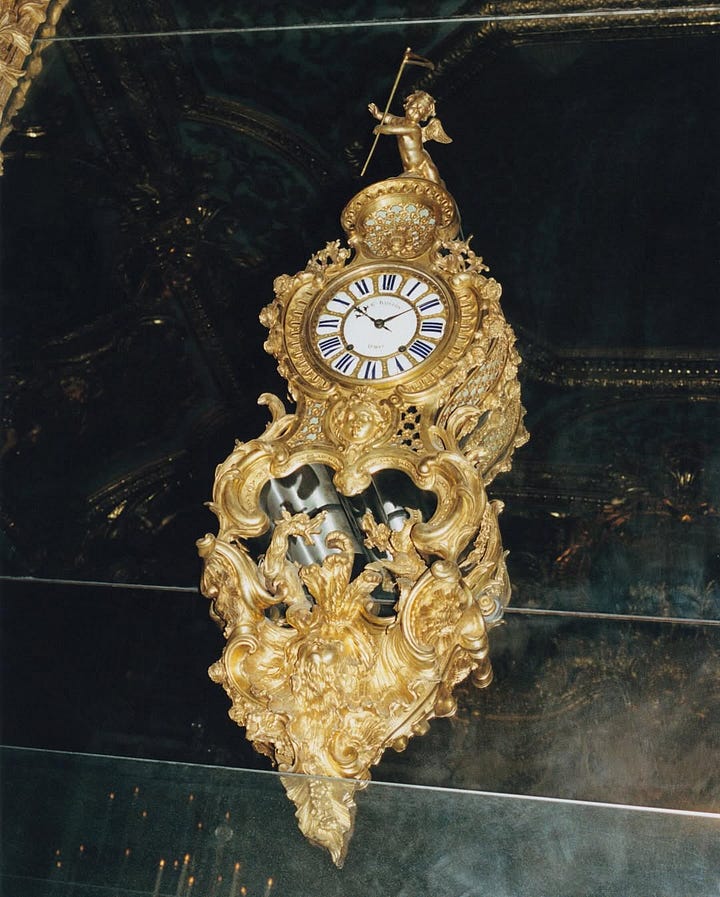
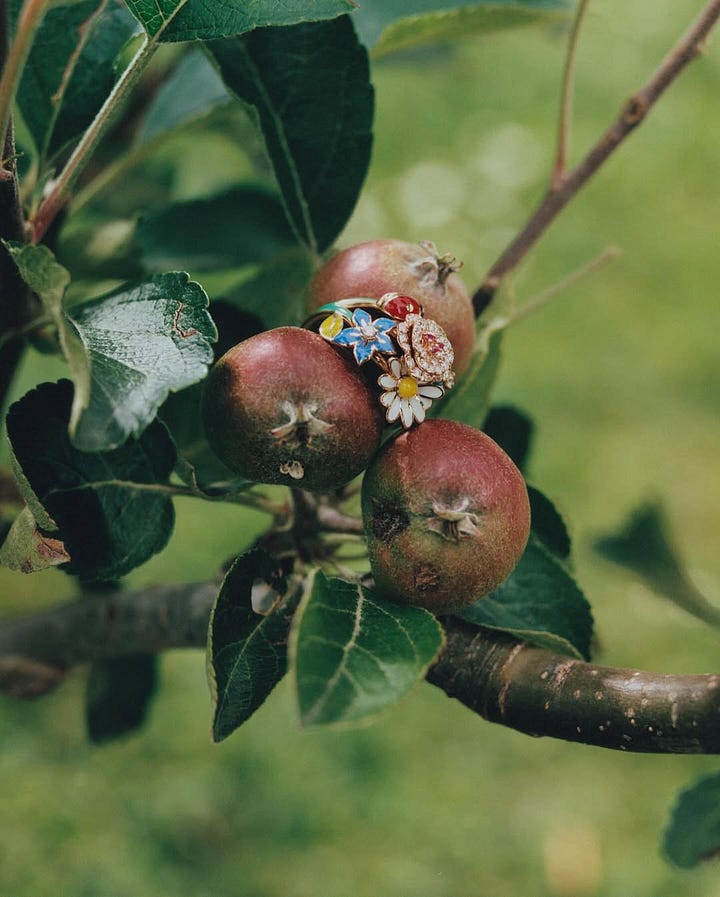
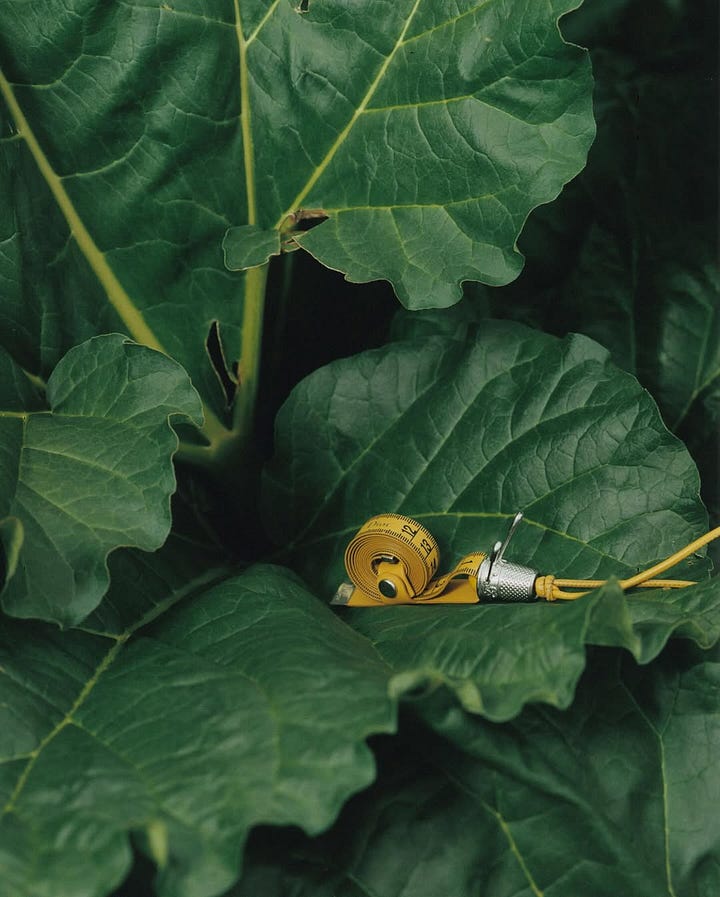
The “Jonathan Anderson effect”, as we see it, is not just about fashion. It’s about desire, and more importantly, how desire is framed.
This is what makes him a compelling fit for Dior. Not because he’s a traditionalist (he’s not), or because he’s known for masculine tailoring (he isn’t), but because he brings a philosophy of slowness, a sense of place and an ability to generate prestige without relying on gimmicks. He can turn an anonymous ceramicist into a star. He can make a peculiar silhouette feel like a revelation – and can put it on the perfect cultural icon (think Zendaya’s anthurium dress or Daniel Craig’s wooly jumpers). He makes “weird” feel elegant.
Consequently, his work resists the scroll. It demands attention.
It’s also a kind of long game. Because the payoff for cultivating this kind of brand isn’t immediate – it’s exponential. Loewe’s transformation under Anderson took more than a decade. But today, it’s arguably the most critically acclaimed brand in LVMH’s portfolio. Not the biggest, not the flashiest, but the most respected.
The critical value of taste
The power of taste, as distilled by creatives like Anderson, is that it transcends seasonality. It gives a brand permission to move slowly, build deeply, and attract the kind of customer who isn’t looking for the next trend but the next language.
Taste, in this context, isn’t elitist. It’s intentional. It filters, it distills, it elevates.
And, if you’ll forgive us for drawing the parallel, this is how we see our role here at BIRCH too. Just as a designer like Anderson reshapes our collective perception of a brand from the inside, creative studios help to reshape that perception from the outside – through storytelling, image-making, creative strategy, and cultural alignment.
The smartest creative studios are not service providers – and while crunching numbers and responding to metrics can be useful – it misses the fundamental value that we can add. Studios at their best are co-authors of brand meaning. We operate in the space between aesthetics and business, where decisions about typography, casting, spatial design and editorial voice are not just stylistic choices but strategic ones.
Critically, in an era when almost everything can be benchmarked and commodified, taste remains elusive. CFOs can’t model it. CMOs can’t AB test it. But if a brand is willing to trust it – and, crucially, partner with people who know how to express it – taste becomes transformative. It’s the difference between being seen and being felt. Between a good product, and a product that people want to want.
Dior has understood this, and it will be fascinating to see how Anderson moves the dial in seasons to come. In a culture saturated by noise, his kind of clarity – curatorial, intentional, taste-led clarity – is rare. And worth everything.
More on this, next week.



